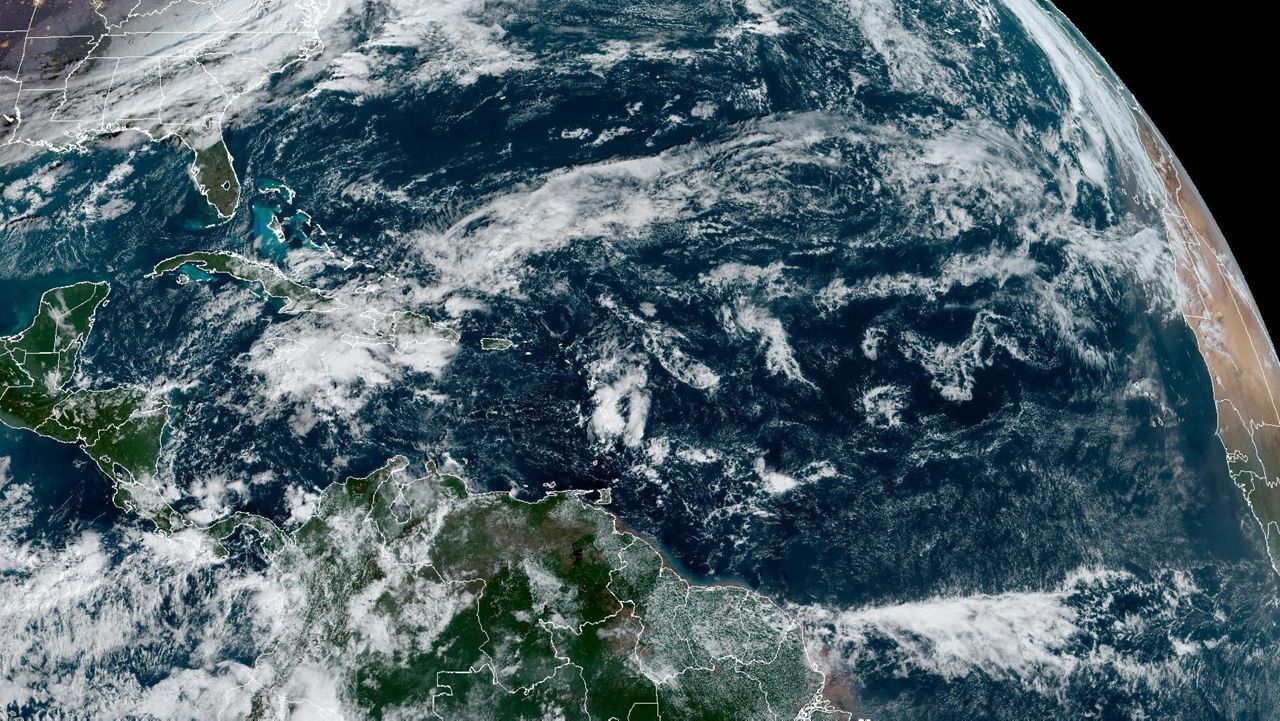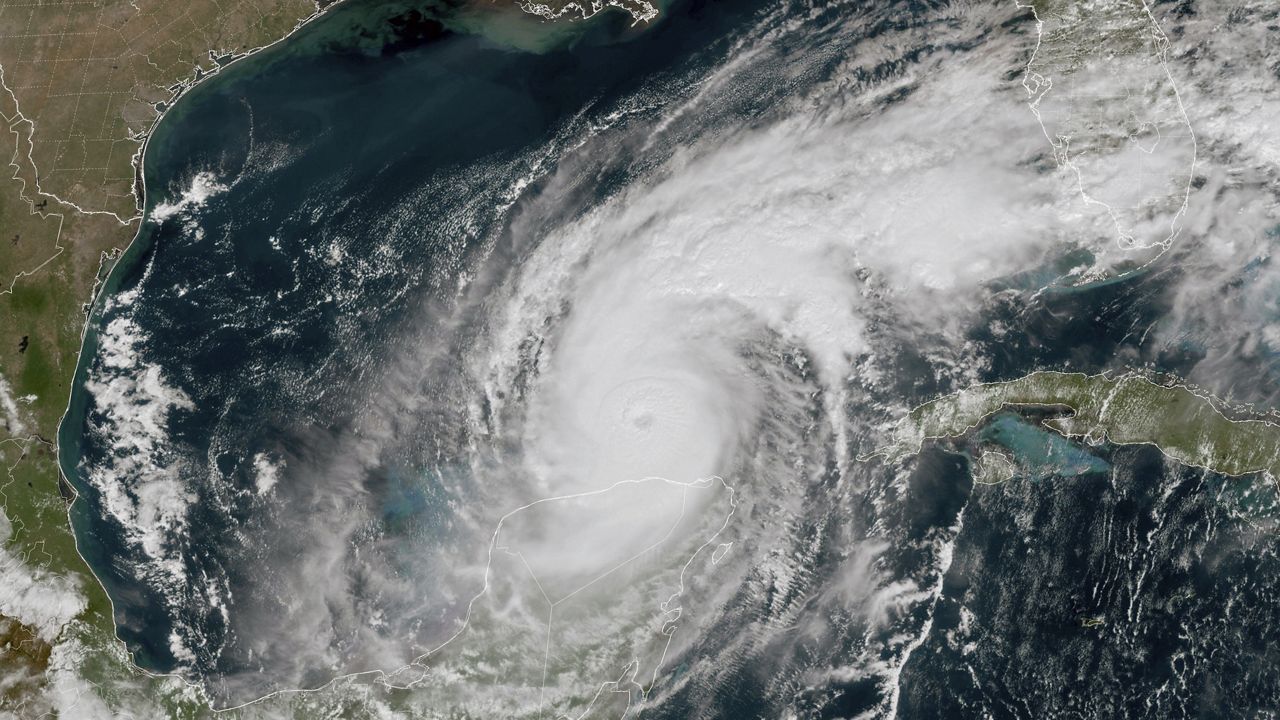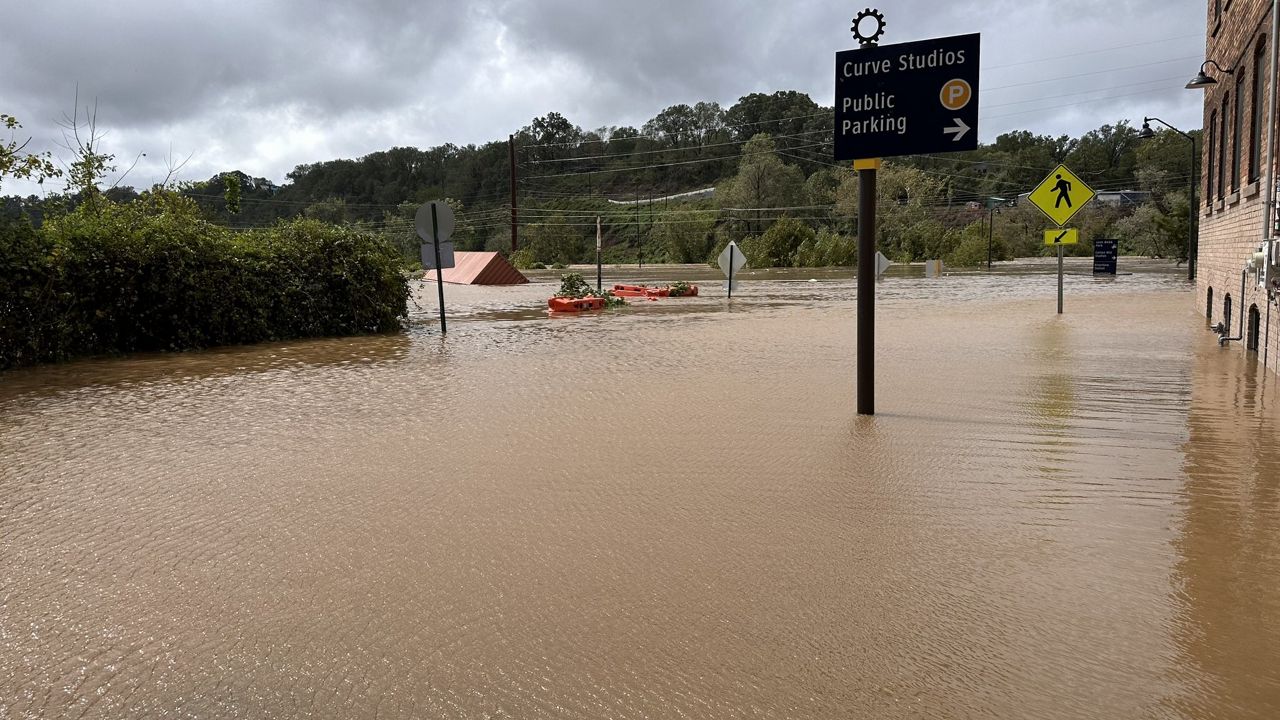Three homes have fallen into the ocean so far this year in Rodanthe.
One collapse occurred in February. The other two happened in May as a low pressure system battered the coast.
According to the National Park Service, recent rates of erosion along this stretch of North Carolina's Outer Banks have been as high as 10 to 15 feet in a year.
The Superintendent of the National Parks of Eastern North Carolina, David Hallac, points out, "If you consider adding that up cumulatively over a decade or more, it can make a big difference if you’re an oceanfront home owner."
Hallac is partly responsible for protecting the pristine beaches that make up the Cape Hatteras National Seashore.
He told us debris from the recent home collapses has been found as far away as Avon. That's about 20 miles from the collapse site.
Homeowners, the National Park Service and volunteers have been working to clean up that debris.
However, on a recent visit about two weeks after the homes collapsed in May, we still saw hazards on the beach.

That's not only dangerous for anyone walking barefoot on the beach. It could harm wildlife like the birds and sea turtles that live here.
When discussing concerns about turtles, Hallac said: "They need to be able to dig their nests in the sand. If there's submerged or buried debris, that can impede their nesting efforts.”
And, there's another threat from the homes along the stretch of eroding beach.
“We’re also concerned about some human health impacts associated with septic systems that are now either open to the environment or very close to the waterways," Hallac said.
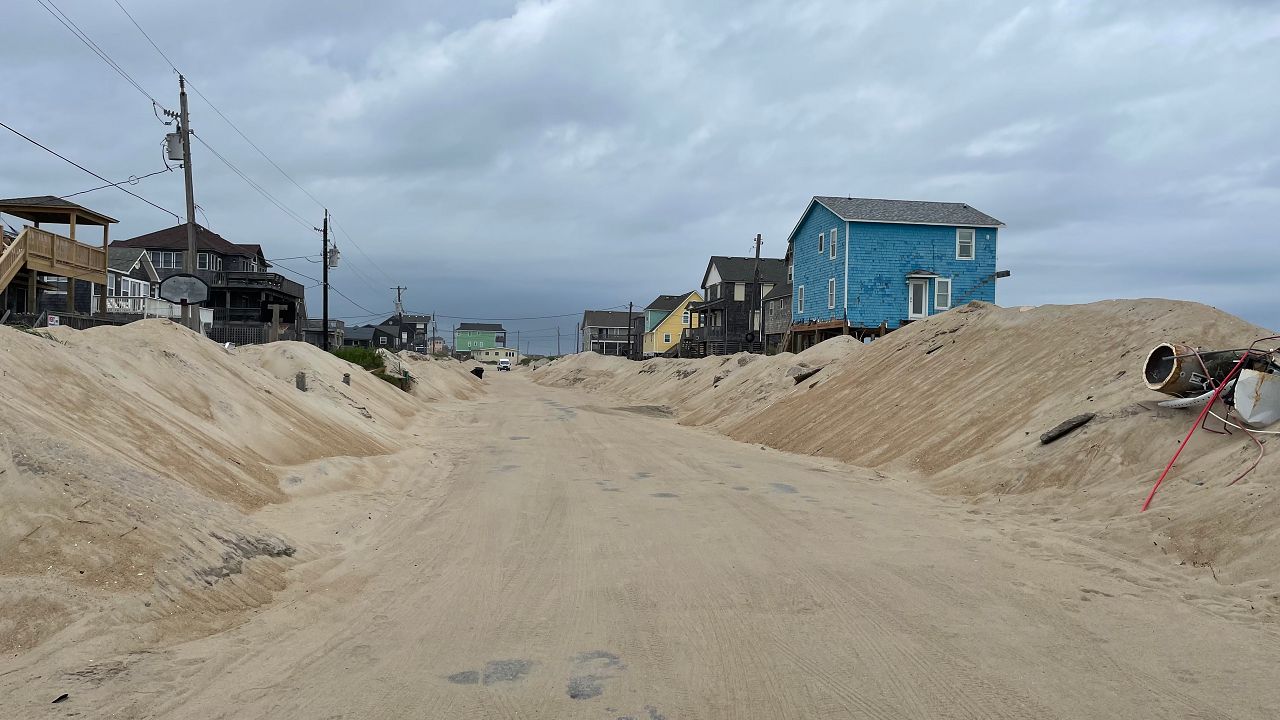
At least one more home that is in danger of collapsing during the next storm was discovered.
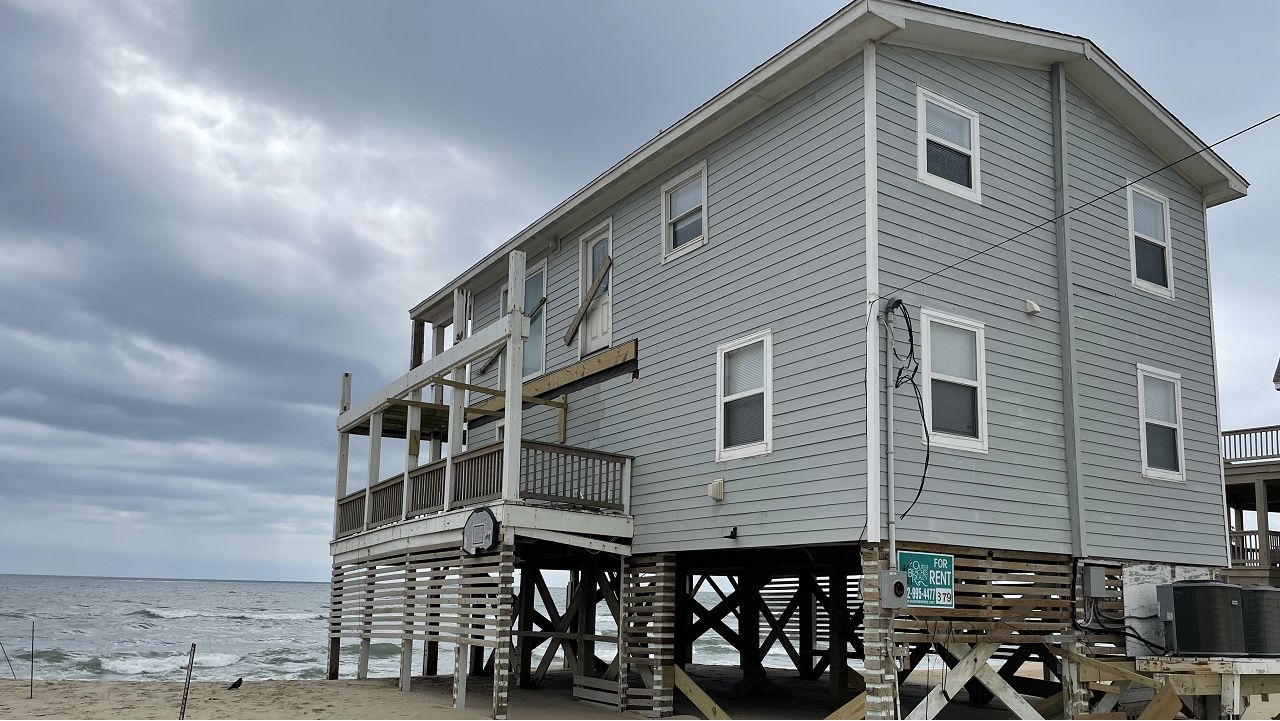
When that happens, and what may determine whether any other homes fall into the sea, will largely depend on what this year's hurricane season brings to the North Carolina coast.
It is likely more homes will be in danger in future years. The rate of erosion may increase as sea levels rise and storms become more intense due to our warming climate.
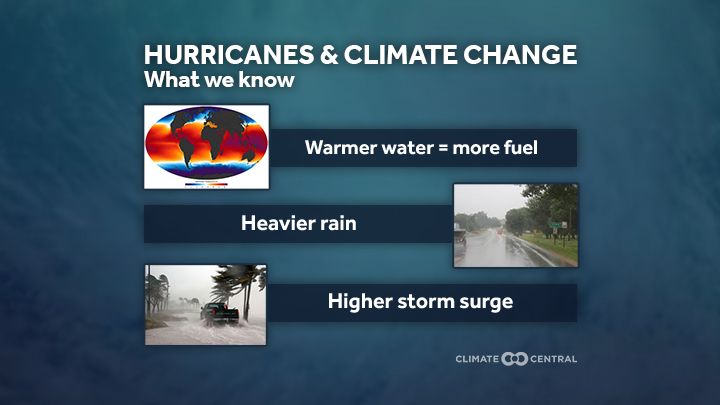
It's just one of the things Spectrum News 1's team of meteorologists will be watching through the season that runs through the end of November.
For the latest on the tropics, watch for our tropical updates at :21 after each hour on Spectrum News 1.
Although this is Koontz's first viral moment, she's been taking photos professionally since 2009 when she started her business, Epic Shutter Photography, in the Baltimore area.
"In 2009, that same summer I ended up coming here and renting a house from a friend of mine and that led to me falling in love with Cape Hatteras and the ever-changing island and sandbar," Koontz said.






